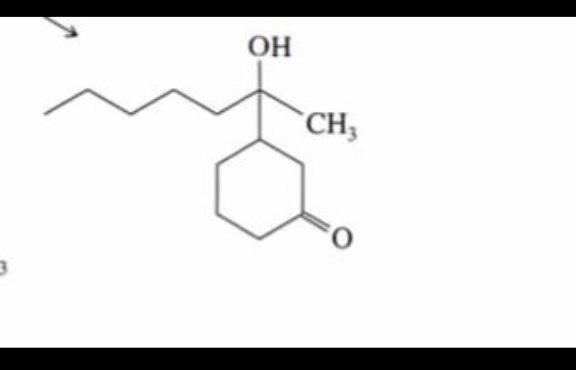
Question and Answers Forum
AllQuestion and Answers: Page 372











Pg 367 Pg 368 Pg 369 Pg 370 Pg 371 Pg 372 Pg 373 Pg 374 Pg 375 Pg 376
|
Question and Answers Forum |
AllQuestion and Answers: Page 372 |

|
| Eeasy integral.... 𝛀 = ∫_(−∫_0 ^( ∞) e^( −x^( 2) ) dx) ^( ∫_0 ^( ∞) e^( −x^( 2) ) dx) sin^( 2) (t).ln^( 3) ( t + (√(1+t^( 2) )))dt −−−m.n−−− |
| If x^3 +(1/x^3 )=1, prove that x^5 +(1/x^5 )=−(x^4 +(1/x^4 )) |

|

|

|
| sequence V_(n+1) −V_n =n+3^n . Find V_n . |

|
| f(x,y)= { ((e^(1/(r^2 −1)) if r<1, where r=∥(x,y)∥)),((0 if r≥1)) :} show that f(x,y) is continuous in R^2 |
| ∫ (dx/(a+bcosx)) ∫ (dx/(a−bsinx)) |

|
| lim_(x→0) ((sin^2 (x)−sin (x^2 ))/(x^2 (cos^2 (x)−cos (x^2 ))))=? |

|
| { ((p^3 +q^3 =r^2 )),((p^3 +r^3 =q^2 )),((q^3 +r^3 =p^2 )) :} ⇒20pqr =? |

|

|
| look the anser |

|
| 𝛗=∫_0 ^( 1) (( ( tanh^( −1) (x))^2 )/((1+x )^( 2) )) dx = ? ≺ solution ≻ note : tanh^( −1) (x)=− (1/2) ln(((1−x)/(1+x))) 𝛗= (1/4)∫_0 ^( 1) (( ln^( 2) (((1−x)/(1+x)) ))/((1+x )^( 2) )) dx =^(((1−x)/(1+x)) = t) (1/8)∫_0 ^( 1) ln^( 2) (t )dt =(1/8_ ) { [t.ln^( 2) (t)]_0 ^( 1) −2∫_0 ^( 1) ln(t)dt} =− (1/4) ∫_0 ^( 1) ln(t)dt= (1/4) ◂ m.n ▶ |
| Solve the equation: 2^x + 3^x − 4^x + 6^x − 9^x = 1 |

|
| x^3 +(1/x^3 )=1 (((x^5 +(1/x^5 ))^3 −1)/(x^5 +(1/x^5 )))=? Q#176387 reposted for a new answer. |
| Given { ((sin a+sin b=((√2)/2))),((cos a+cos b=((√6)/2))) :} for a,b real numbers. Evaluate sin (a+b). (A)((√3)/2) (D) −((√3)/2) (B) (2/( (√3))) (E)−(2/( (√3))) (C) ((√3)/4) |
| 4^(x^2 −2x+2) −2^(x^2 −2x+3) +2=2^(x^2 −2x+2) x=? |
| lim_(x→1) ((lnx)/(1+lnx−1))=? |
| (1) ∫^(π/2) _(π/3) ((1+sinx)/(cosx)) dx=? |
Pg 367 Pg 368 Pg 369 Pg 370 Pg 371 Pg 372 Pg 373 Pg 374 Pg 375 Pg 376 |